
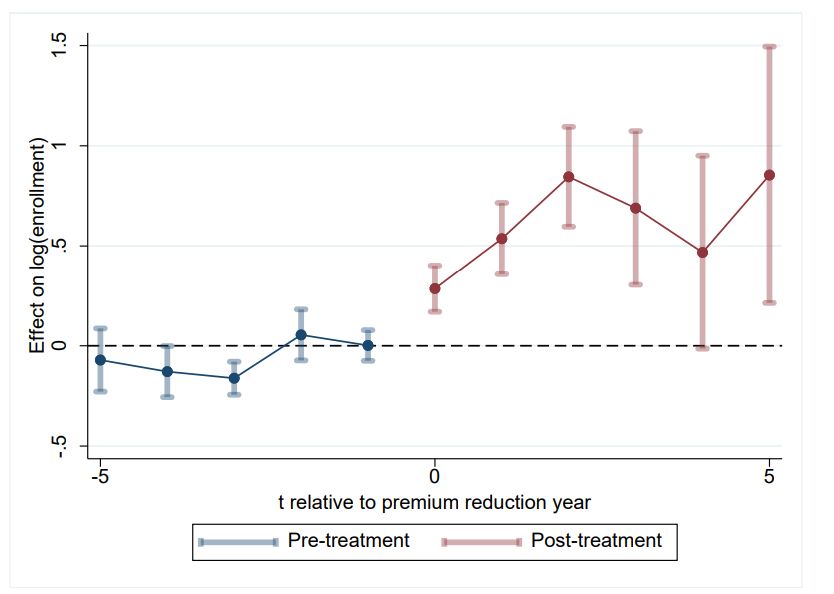
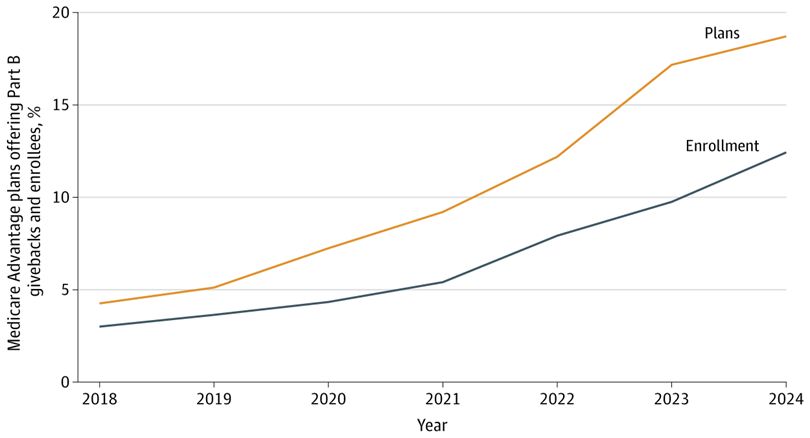

There are a number of aspects that made this coalition unique. However, our findings point to the potential effectiveness of the approach.
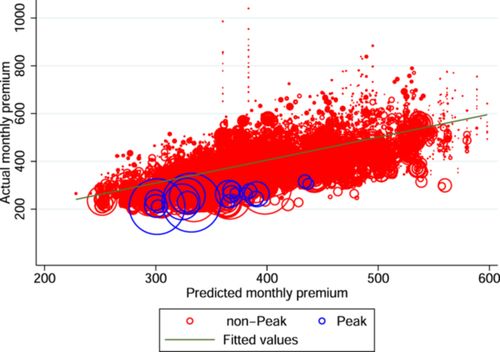
There are a number of aspects that made this coalition unique. However, our findings point to the potential effectiveness of the approach.
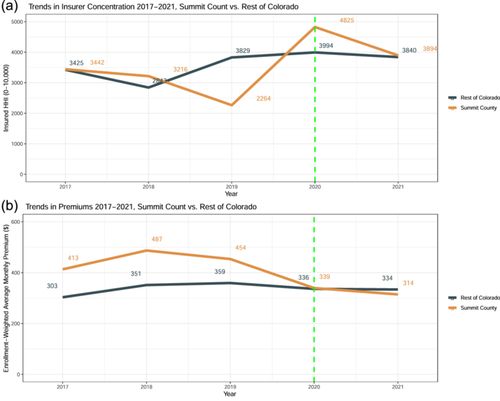
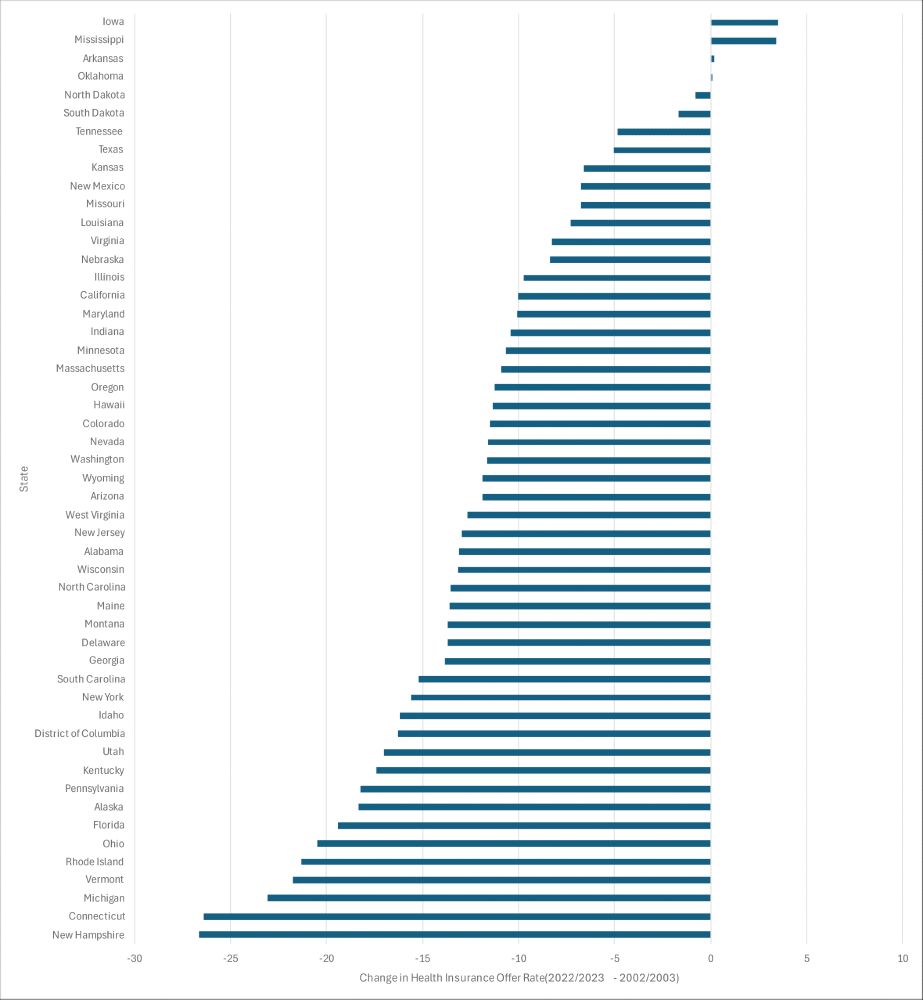
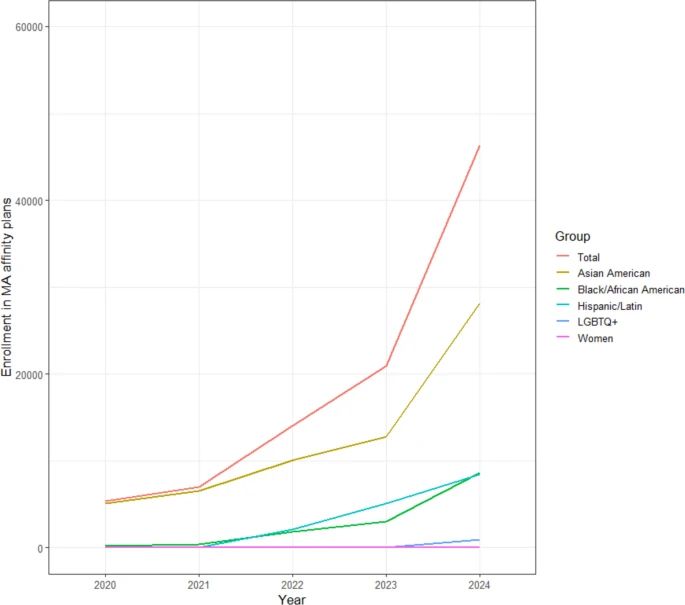
3. When D-SNP networks were specialized, they tended to include a larger share of specialists that commonly treat conditions more prevalent among dually eligible enrollees.
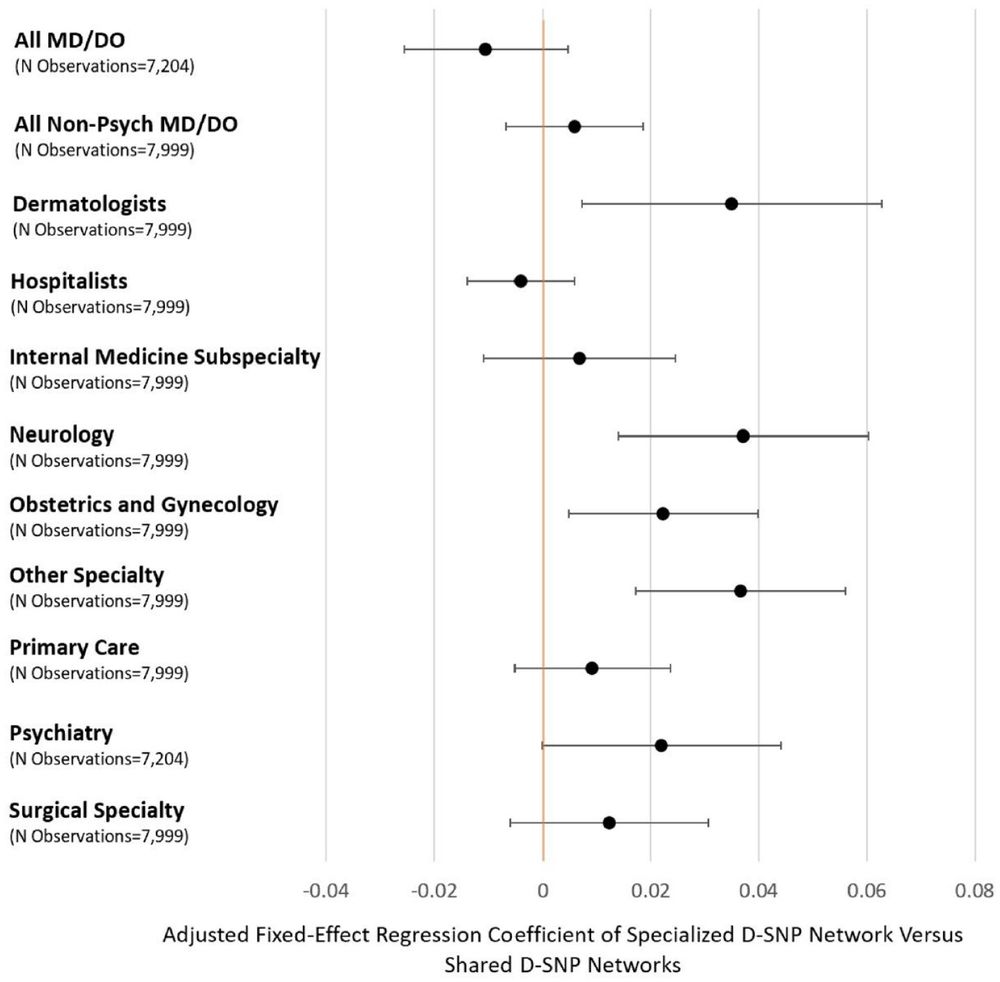
3. When D-SNP networks were specialized, they tended to include a larger share of specialists that commonly treat conditions more prevalent among dually eligible enrollees.
1. Only about half D-SNP plan provider networks were at all distinct from provider networks in standard MA plans offered by the same insurer.
2. These specialized networks were much more common among Fully Integrated Dual Eligible Plans (FIDEs).
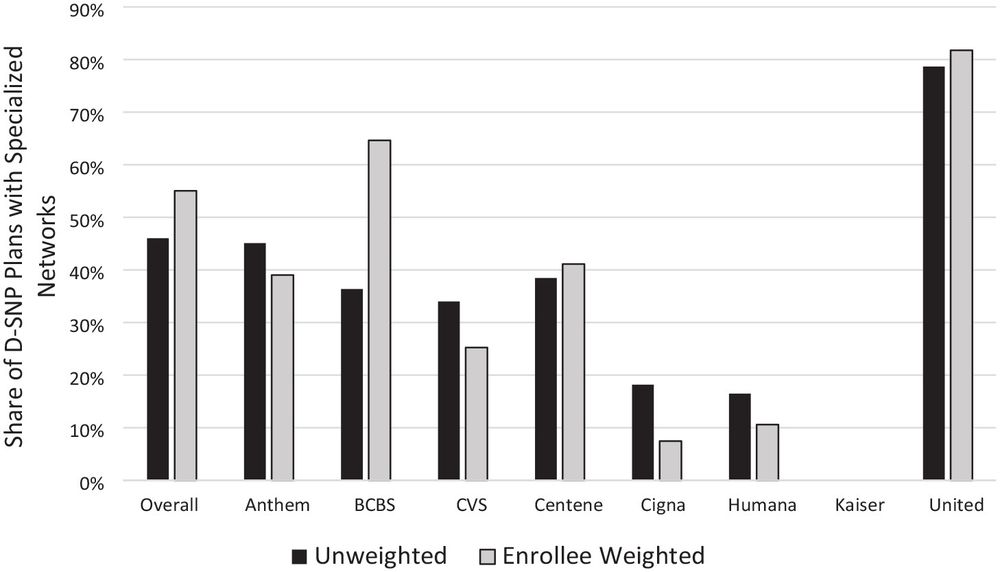
1. Only about half D-SNP plan provider networks were at all distinct from provider networks in standard MA plans offered by the same insurer.
2. These specialized networks were much more common among Fully Integrated Dual Eligible Plans (FIDEs).
#baseball

#baseball
Generally used the other app for following economics, health policy, baseball, and Baltimore food stuff.
Random Baltimore pic for #substance.
Help me find my friends on here please!

Generally used the other app for following economics, health policy, baseball, and Baltimore food stuff.
Random Baltimore pic for #substance.
Help me find my friends on here please!

